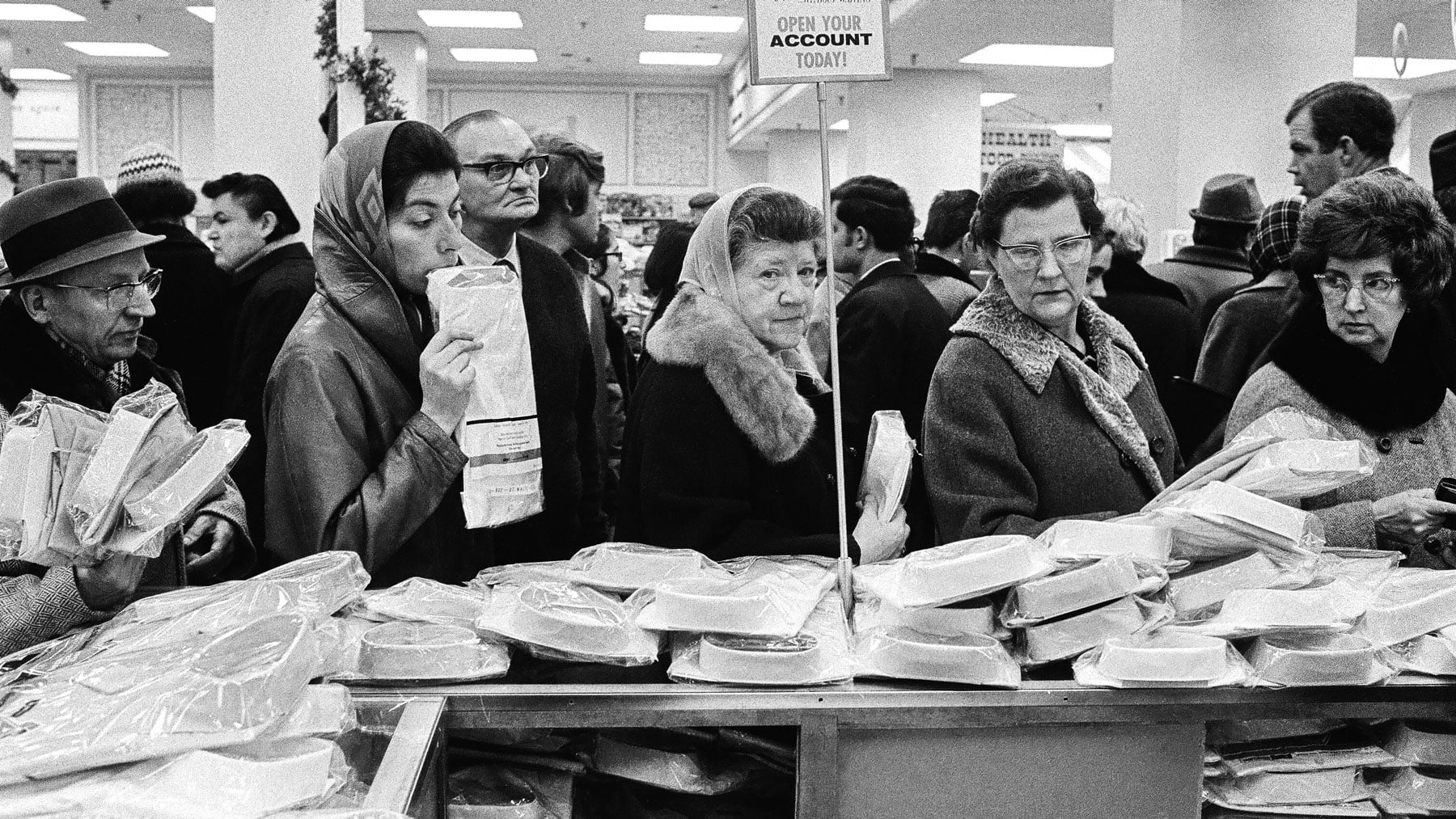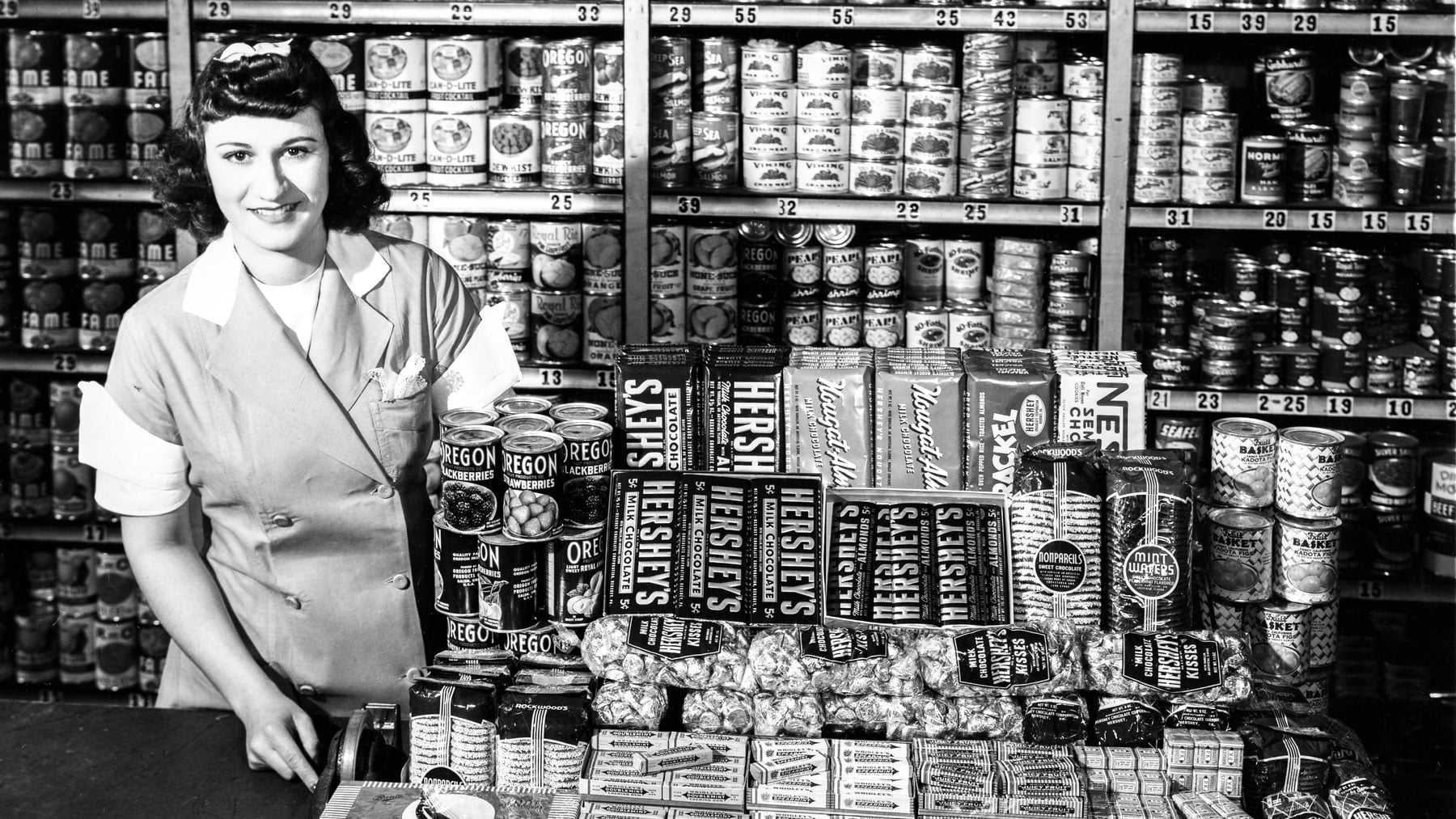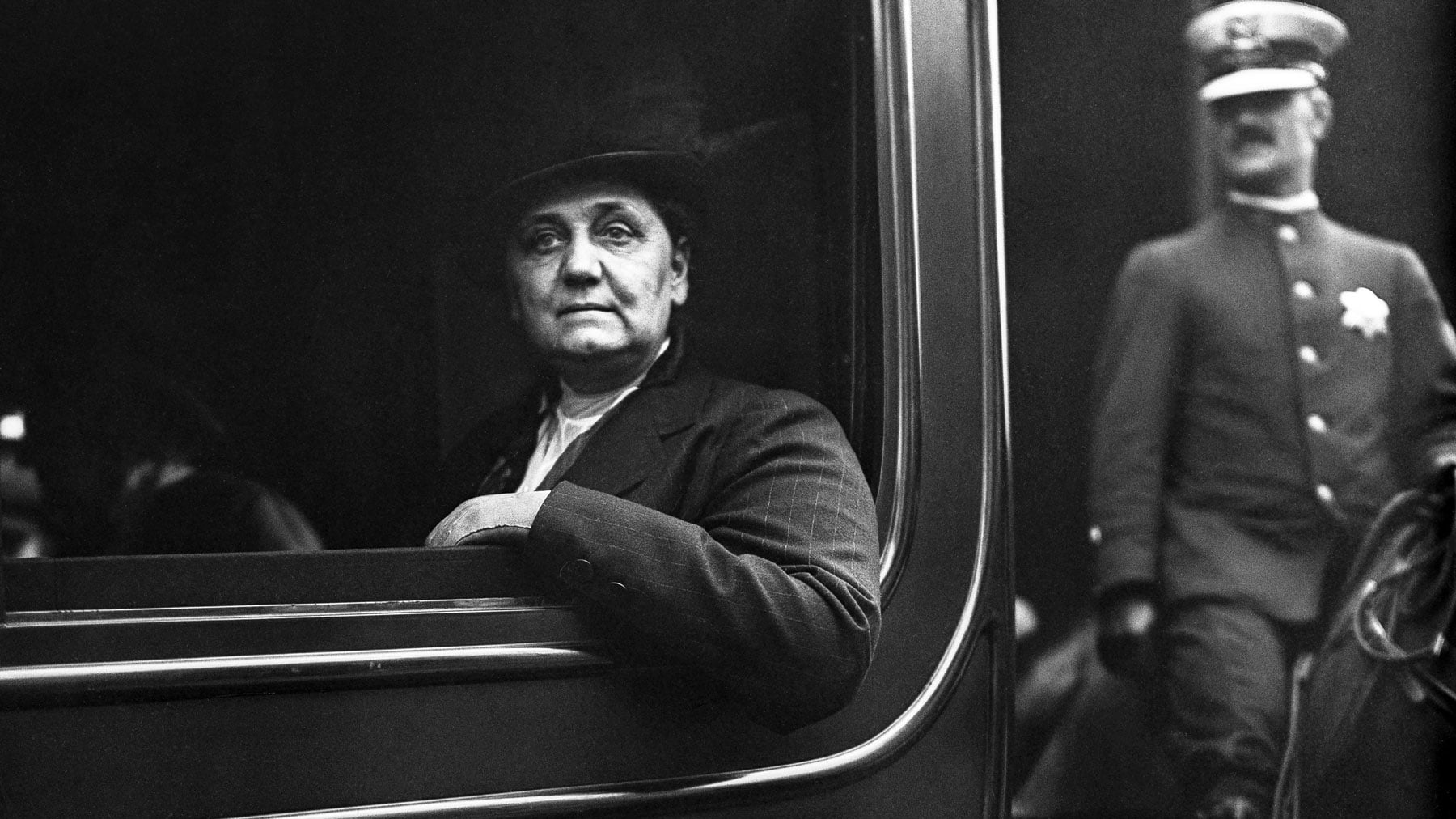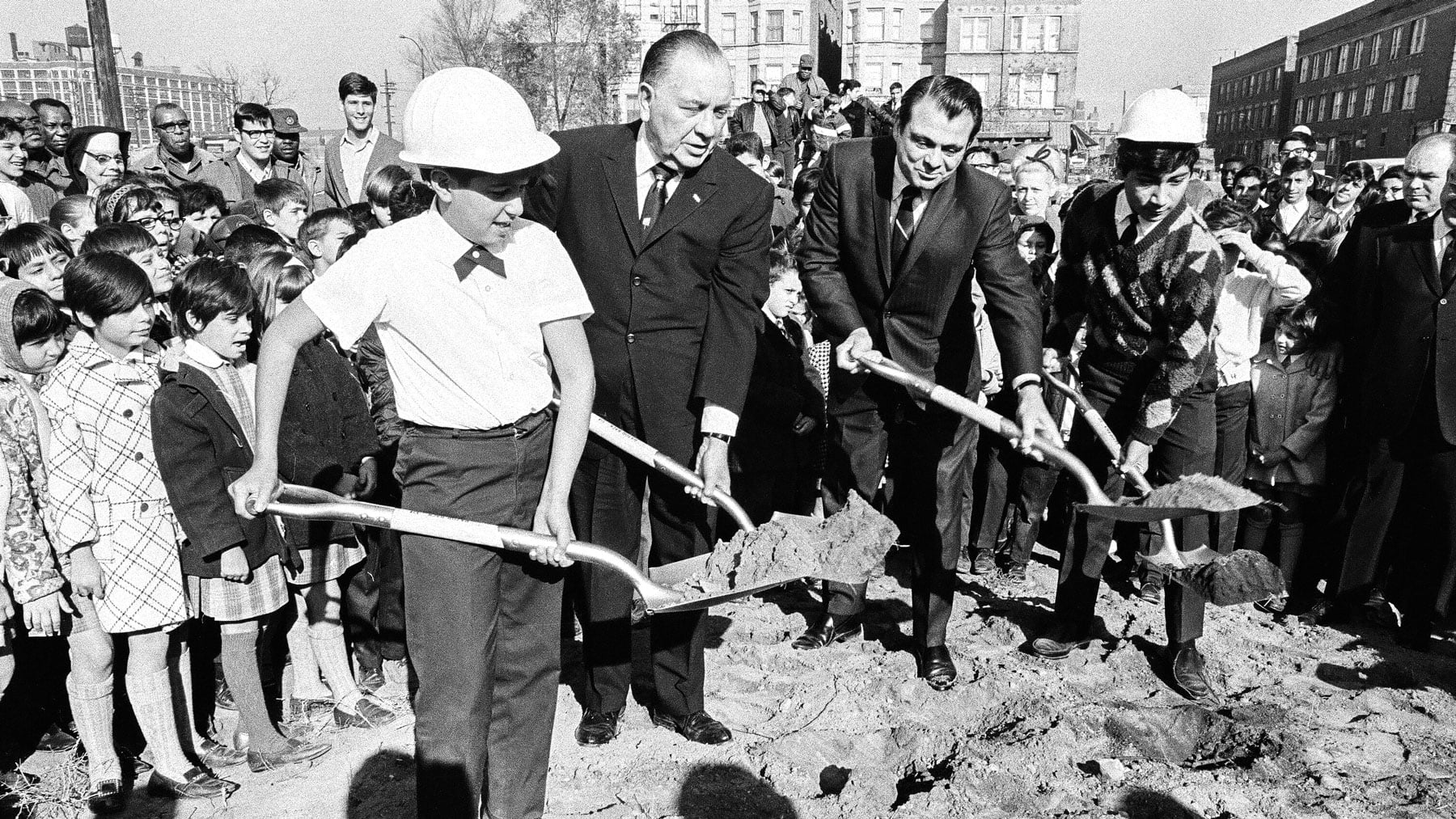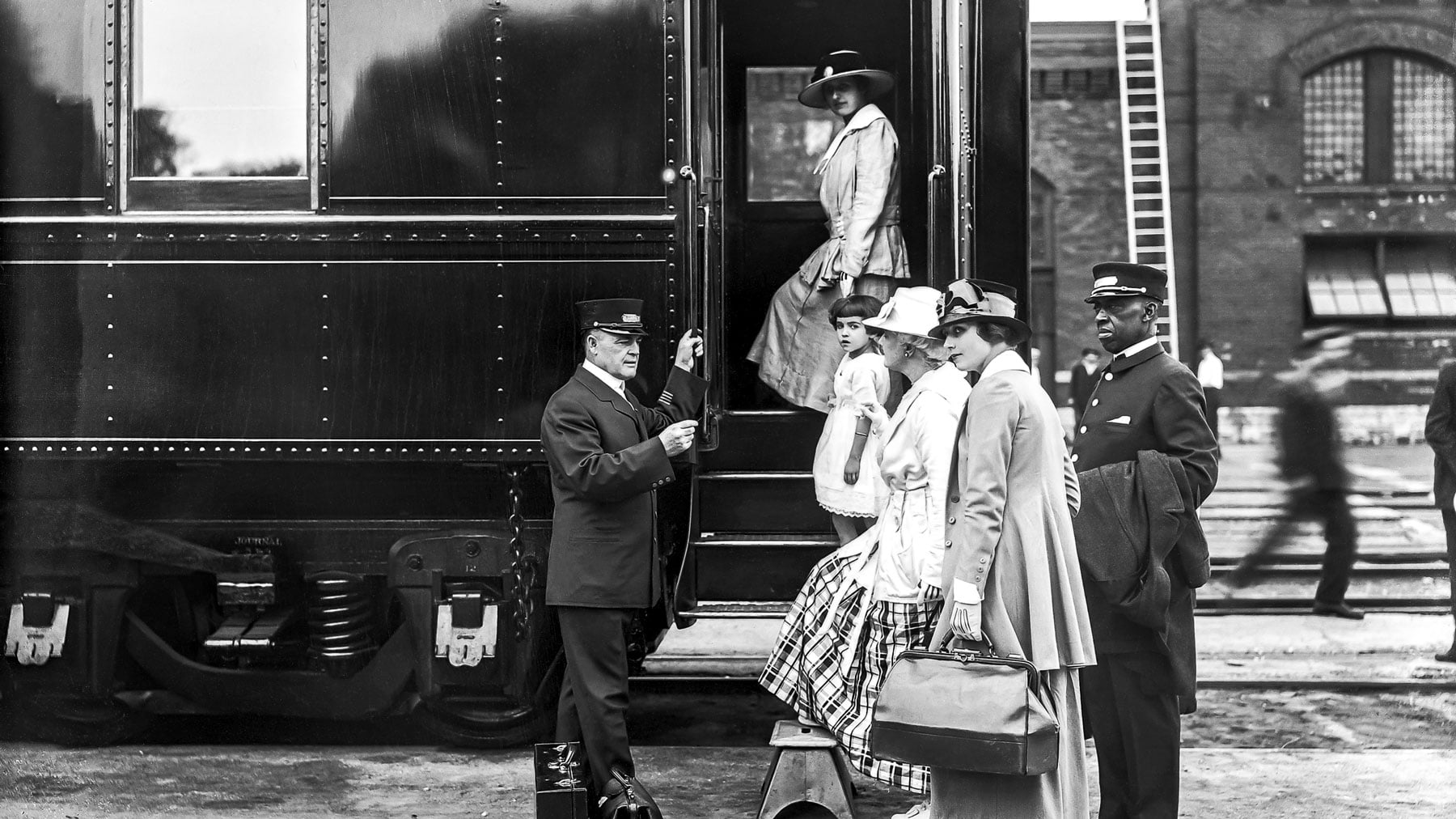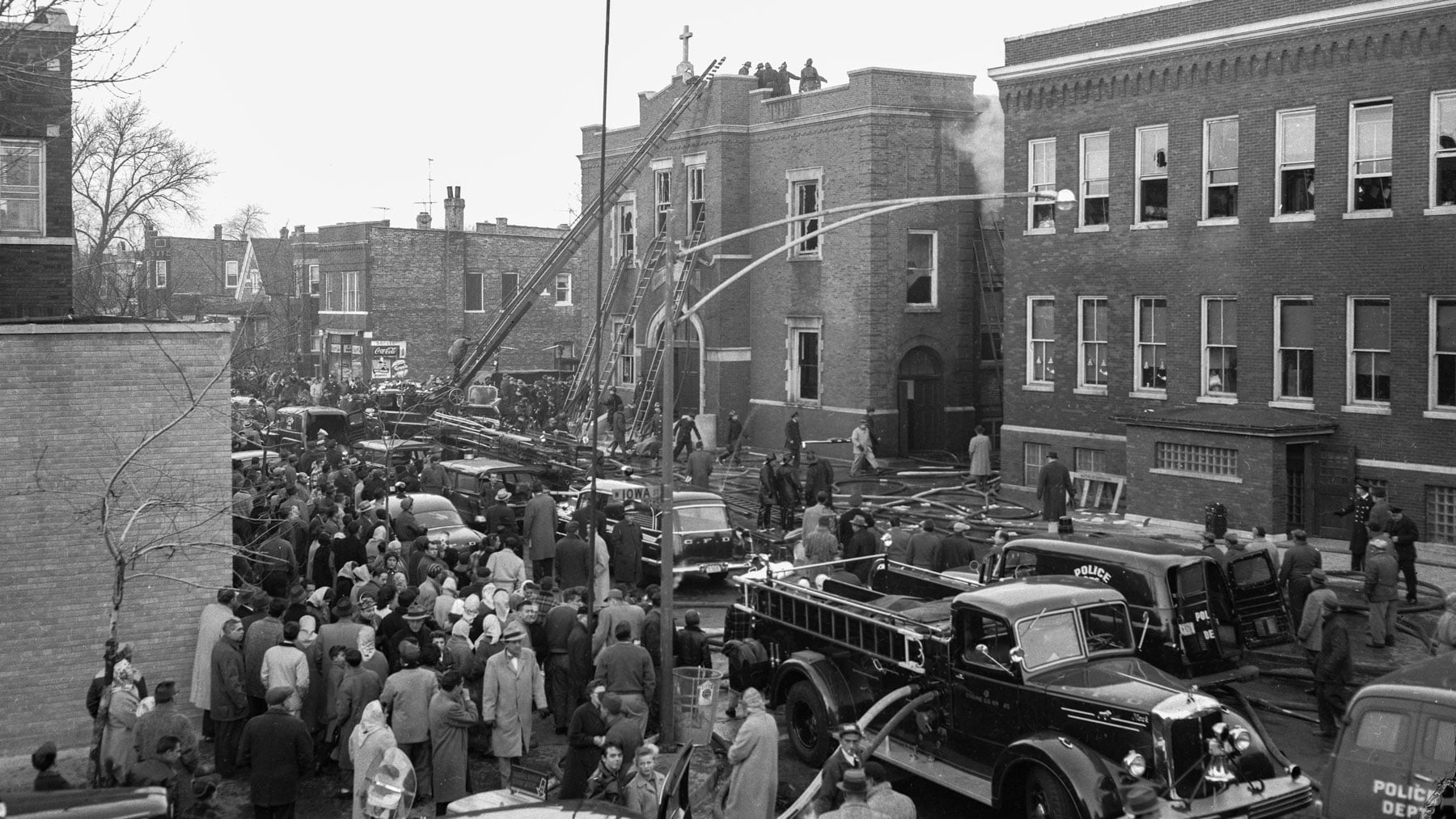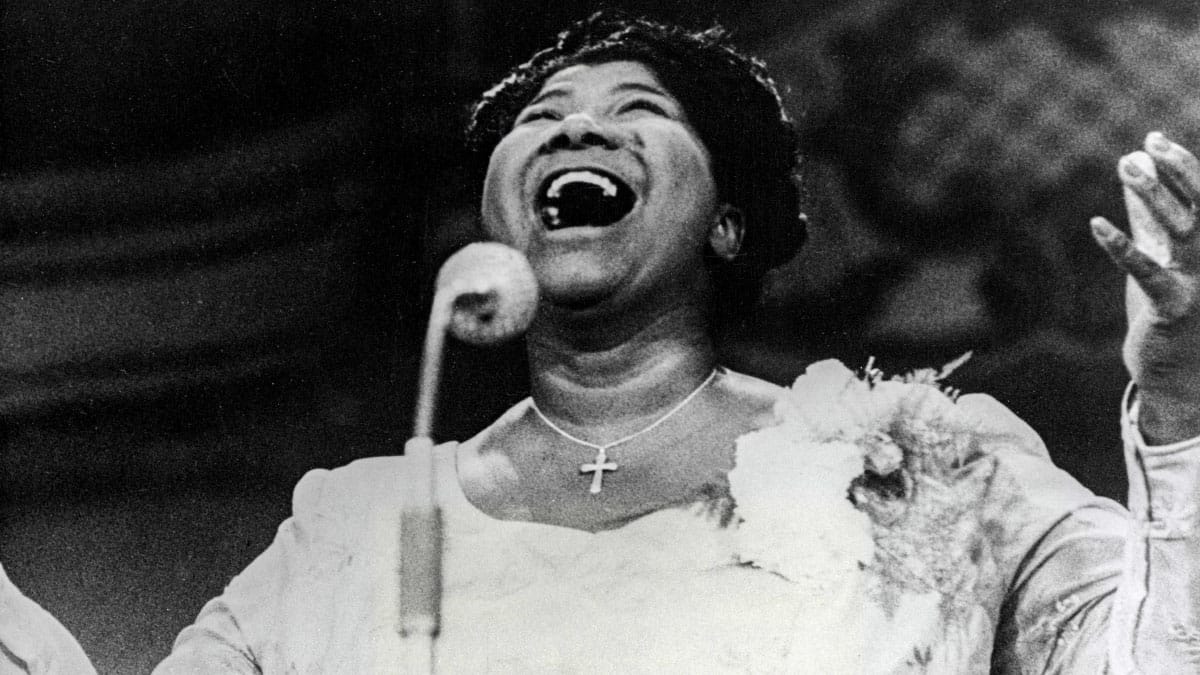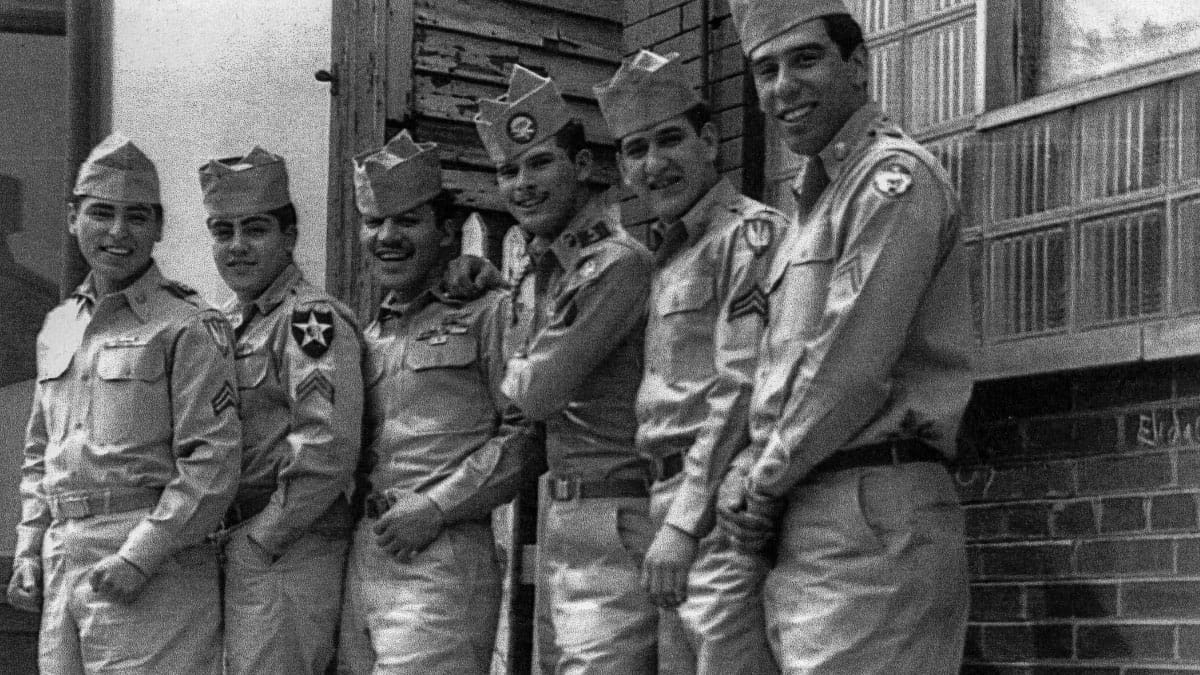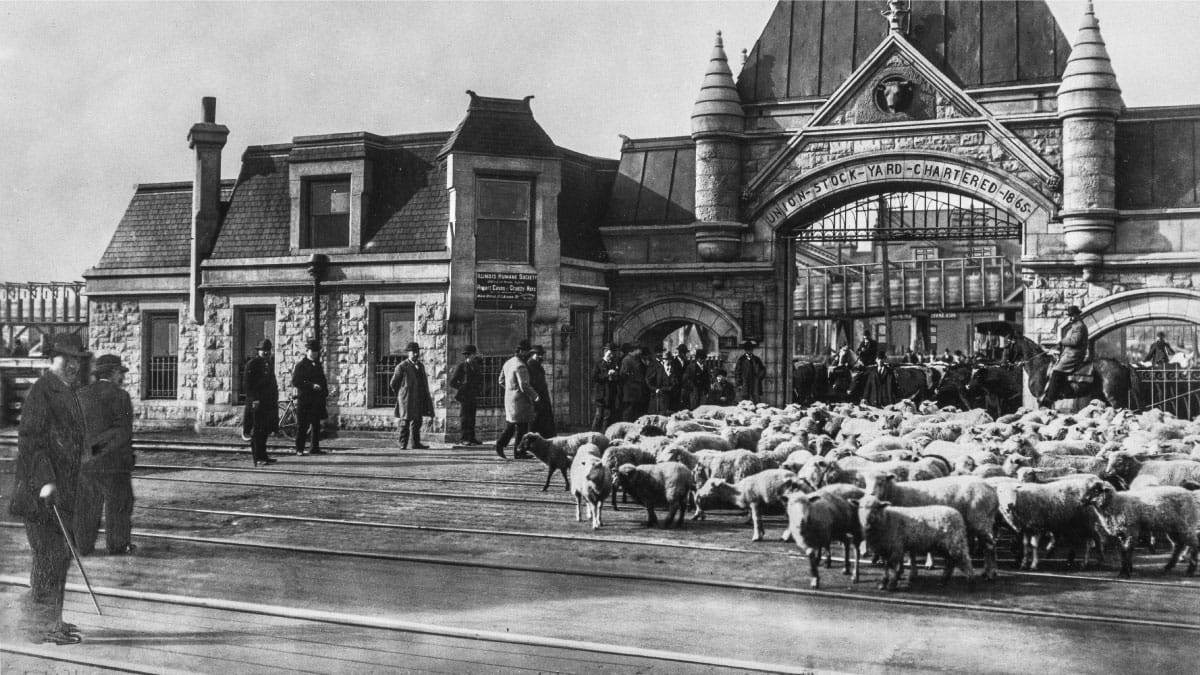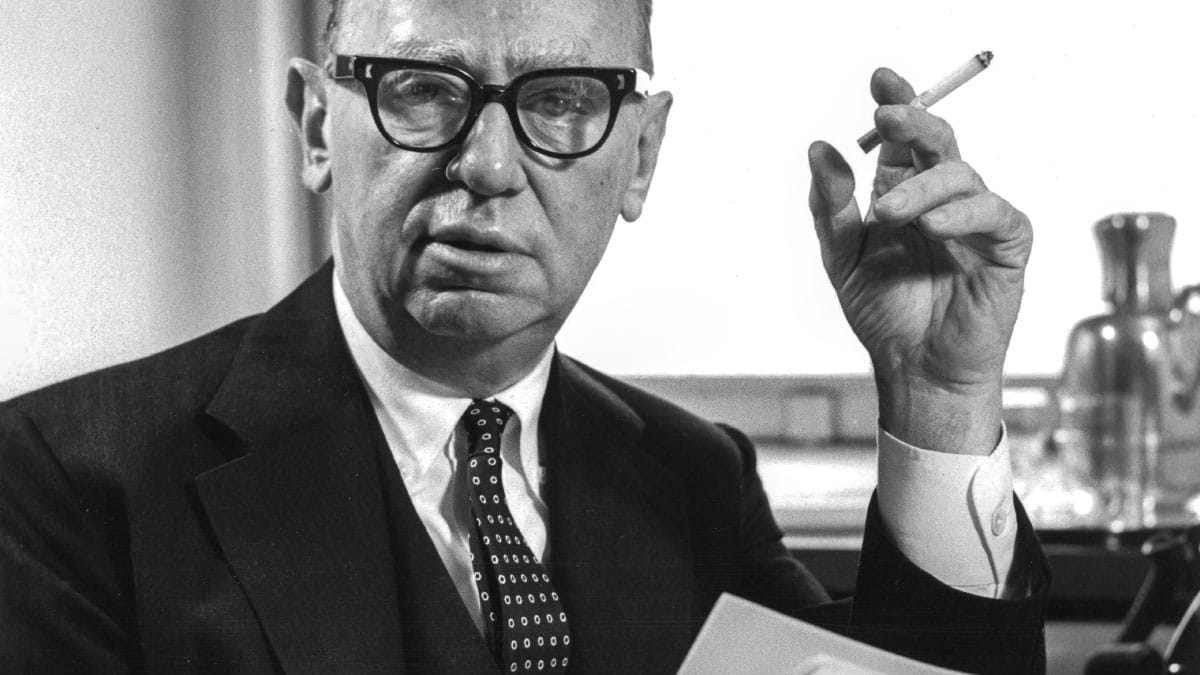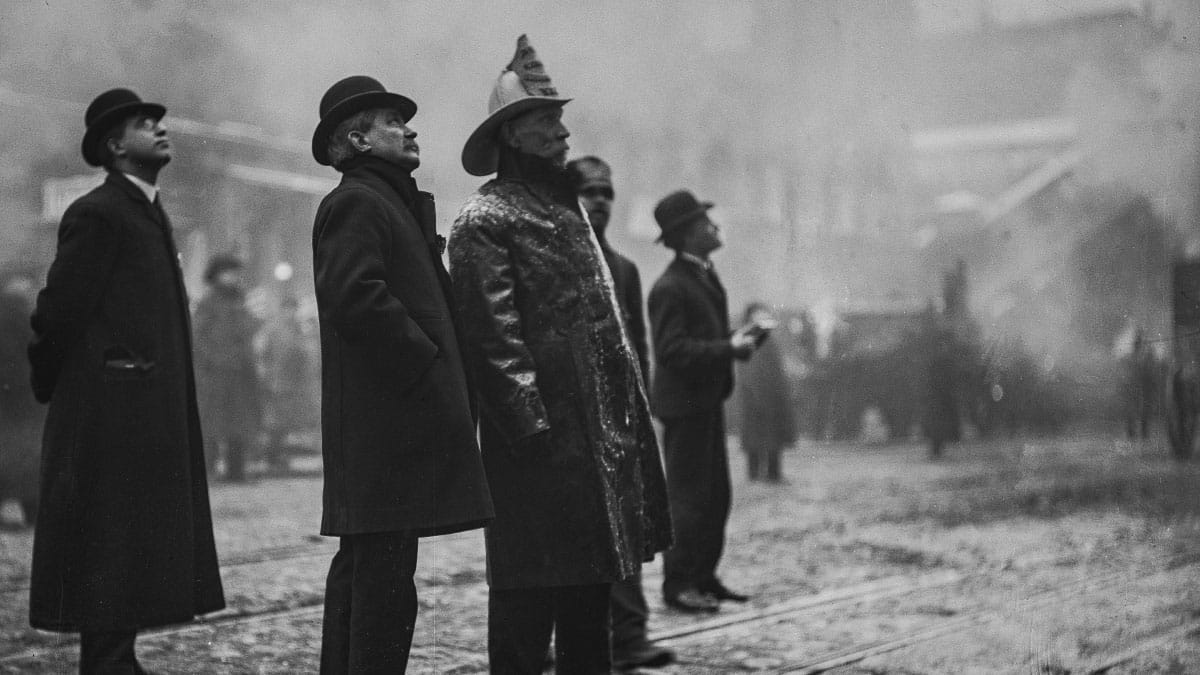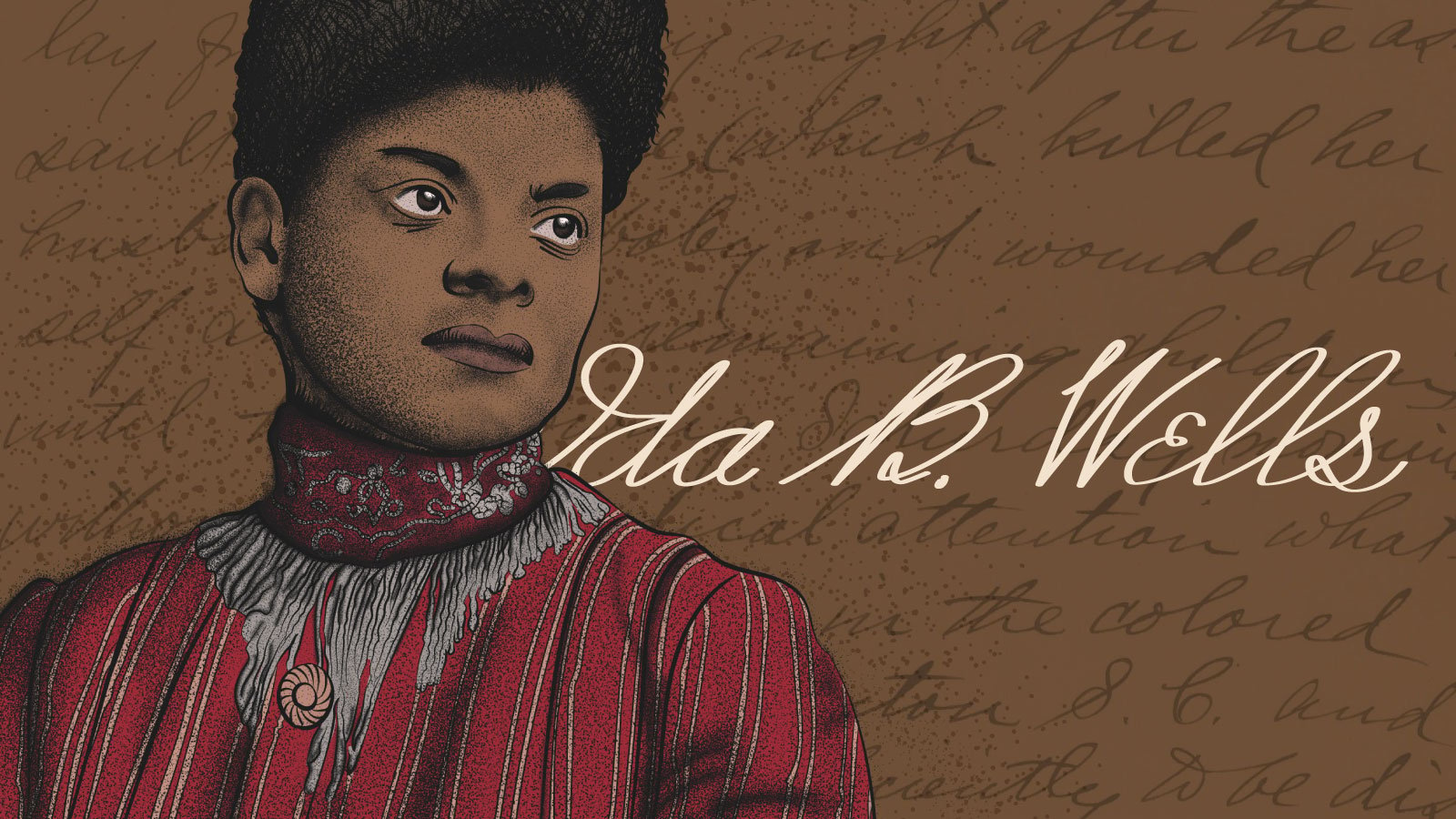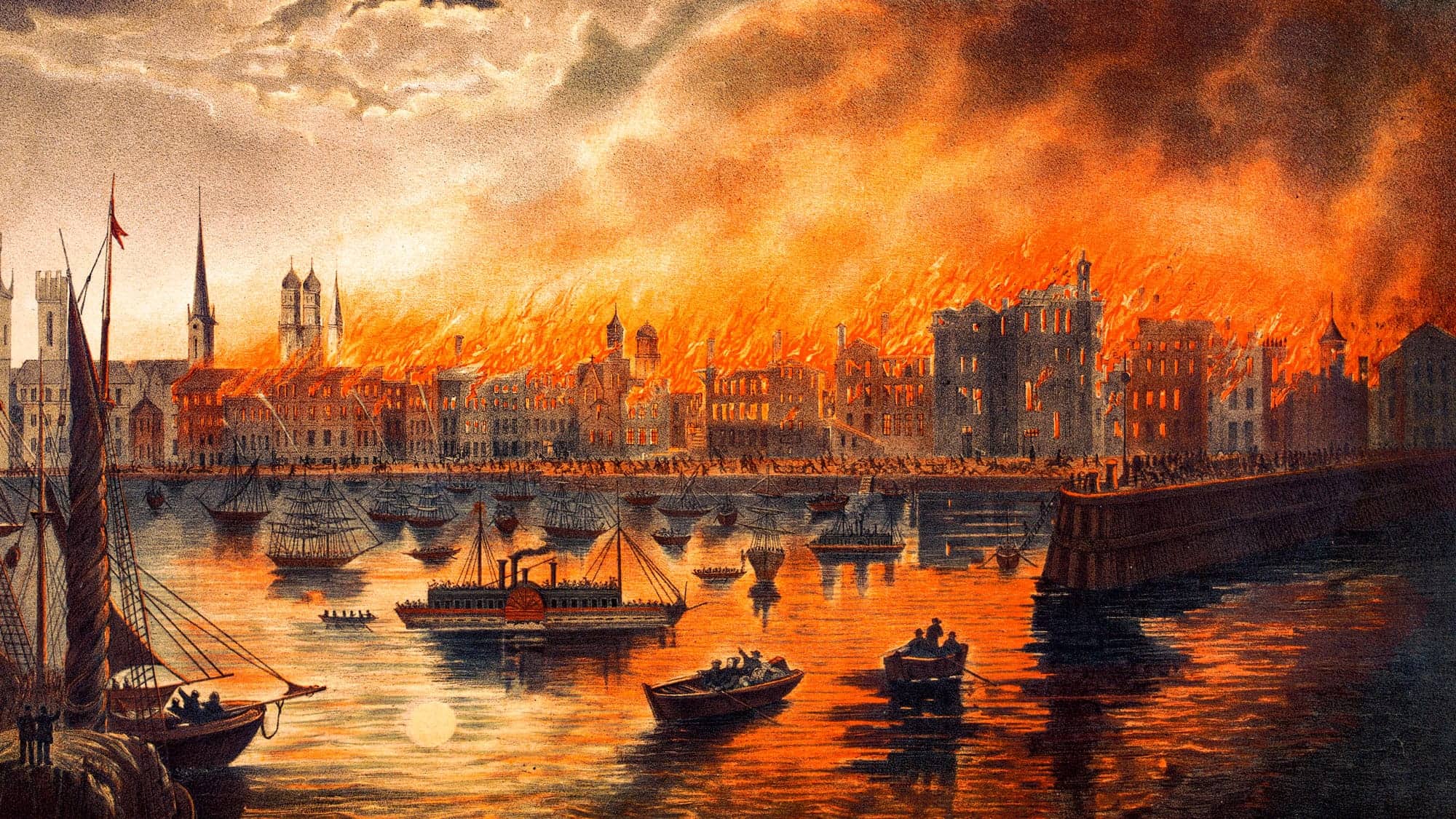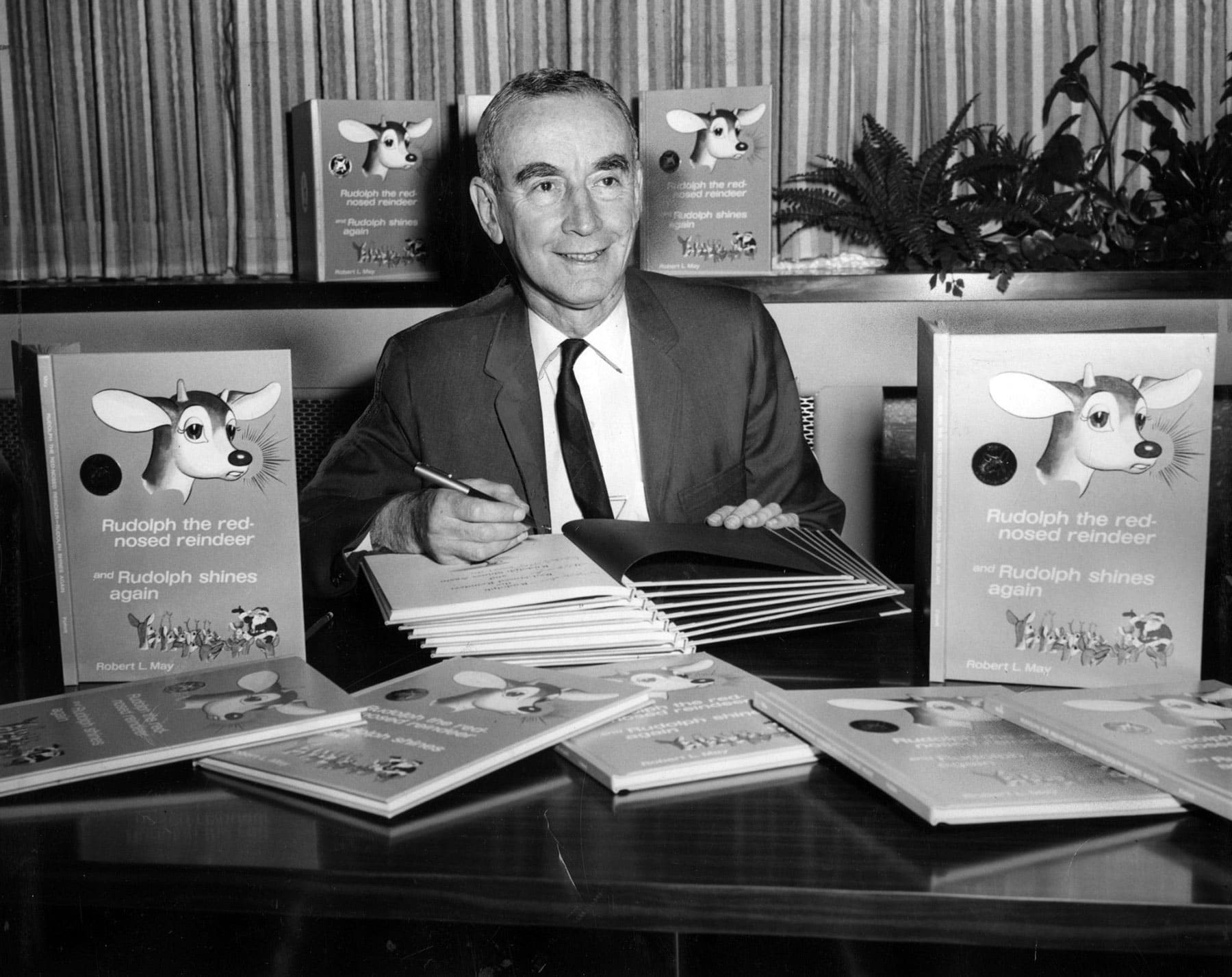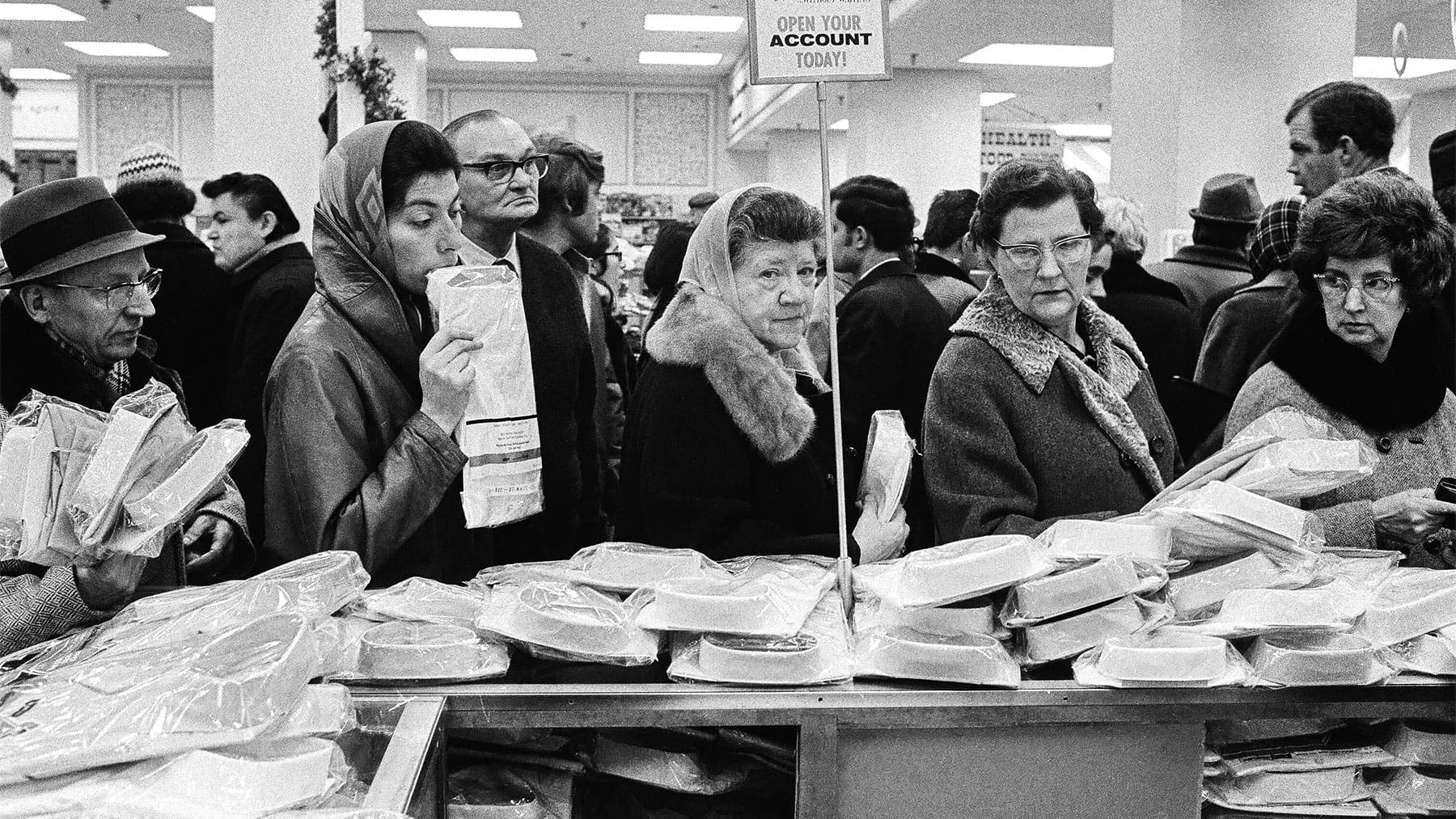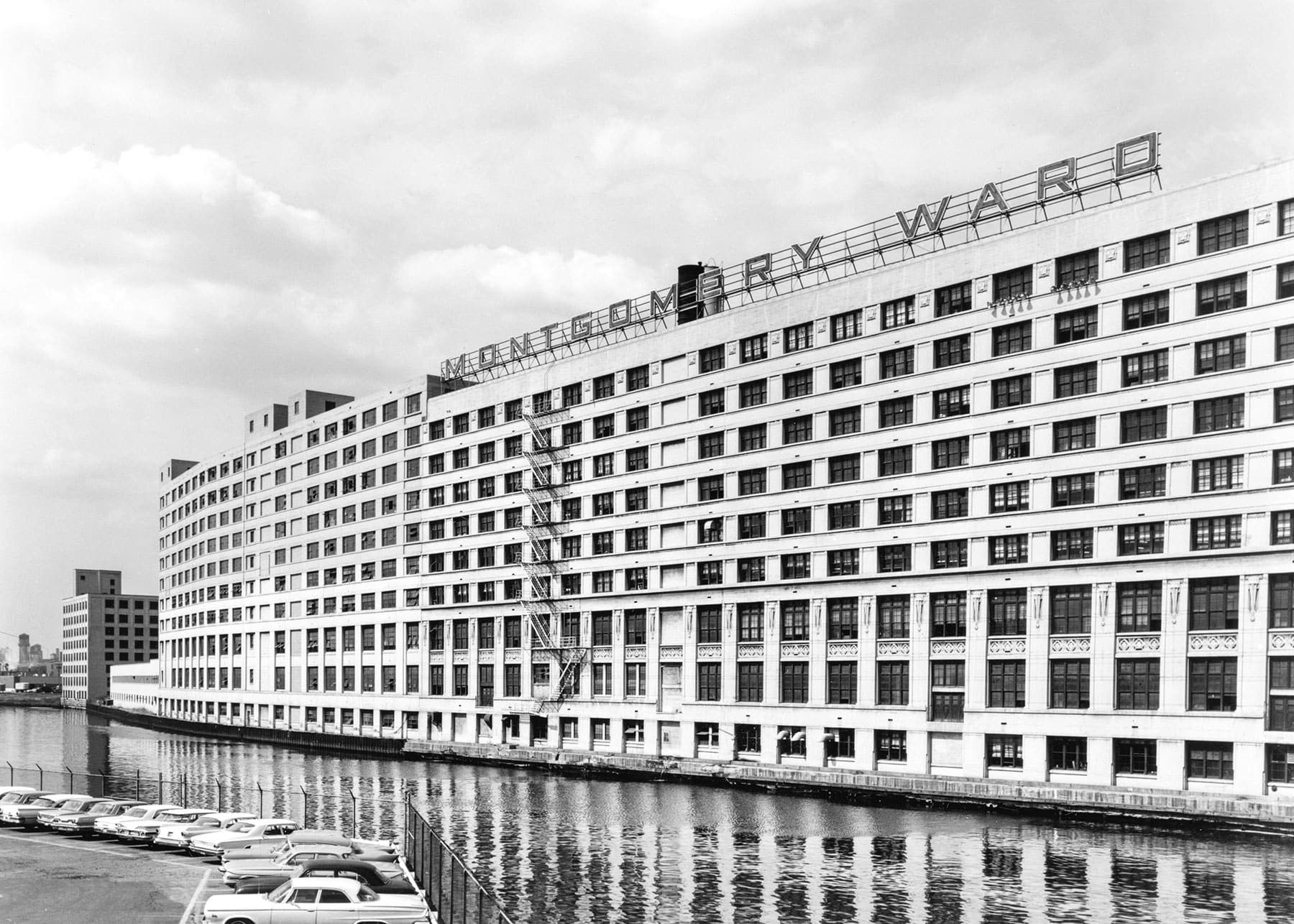You likely recall that Rudolph the Red-Nosed Reindeer is the most famous reindeer of all. But did you know that Rudolph was born in Chicago?
“Rudolph the Red-Nosed Reindeer is completely a Chicago concoction,” Kori Rumore, a reporter who has covered the topic for the Chicago Tribune, told Chicago Stories.
In 1939, a man named Robert Lewis May was working as a catalog copywriter for mail order and retail giant Montgomery Ward. The company approached him with an idea. They were looking for a way to attract more customers to their toy department to keep up with Sears, their main competitor. Executives came up with the idea to have May, who was known for being a clever writer, compose a children’s story that would be distributed in stores around the holidays. May was a creative man at heart who had once aspired to write novels.
“He was tired of writing copy about…how to sell a white button-down shirt,” Rumore said. “This was really up his alley.”
The result was a 32-page children’s booklet of rhyming verse that follows Rudolph from outcast, teased for his bright red nose, to hero who helps guide Santa and the eight other reindeer on a dark, foggy Christmas Eve.
“I need you,” said Santa, “to help me tonight…
To lead all the deer on the rest of my flight.”
And Rudolph broke out into such a big grin,
It almost connected his ears and his chin!— Rudolph the Red-Nosed Reindeer, 1939
Montgomery Ward staff artist Denver Gillen, who visited the Lincoln Park Zoo with May and his daughter to get a better look at the reindeer, illustrated the story.
“The interesting tidbit about Gillen's illustrations is that…he incorrectly depicts female reindeer without antlers and males with them, when the opposite is true in the wintertime,” Rumore said.
She said the story was an “instant hit” with kids that holiday season, as Montgomery Ward gave out copies of the booklet for free in hundreds of stores. Paul Durica, director of exhibitions at the Chicago History Museum, told Chicago Stories that its success was due in part to its relatability.
“The Rudolph story is just amazing and pretty much anyone can connect with it because it has a very simple message, which is [that] those things that we might think of as flaws or faults…we can discover [are] really strengths,” Durica said.
Because of paper rationing during World War II, Rumore said Montgomery Ward paused its book giveaways until 1946. After that year’s Christmas season, Montgomery Ward Chairman Sewell Avery said May could have the copyright to the story he had written.
“For Avery to give away this copyright just meant he didn’t see a future for the Rudolph story,” Rumore said. The coming years would prove Avery quite wrong.

With May as the owner of the copyright, Rudolph’s universe expanded. By the next Christmas, the book was sold for 50 cents a pop, along with a Rudolph toy and other merchandise. Two years later, Rudolph was cemented in holiday culture with the song, “Rudolph the Red-Nosed Reindeer.” That was thanks to May’s brother-in-law, Johnny Marks, the songwriter who was also behind later holiday hits, “Rockin’ Around the Christmas Tree” and “A Holly Jolly Christmas.”
“[Marks] had a connection to Gene Autry, who initially didn’t want to do the song, but ultimately it’s Autry’s wife who convinced him to do it,” Rumore said.
The song gave Rudolph the boost he needed to go down in history. In December 1964, the famous stop-motion animation television production from Arthur Rankin Jr. and Jules Bass aired on NBC, bringing Rudolph to life and cementing his role as a classic holiday character.
As for May, Rumore said the success of Rudolph allowed him to move his family from an apartment in Lincoln Park to a house in Evanston. The same year he had written the story, his first wife, Evelyn, died of cancer. Amid the tragedy, May created something that would be a gift to American children and to his own. May reportedly said that Rudolph was the only reindeer to put six kids through college.
“To May’s children,” Rumore said, “Rudolph was a beloved older sibling who also helped put each of them through college and buy their first homes.”

